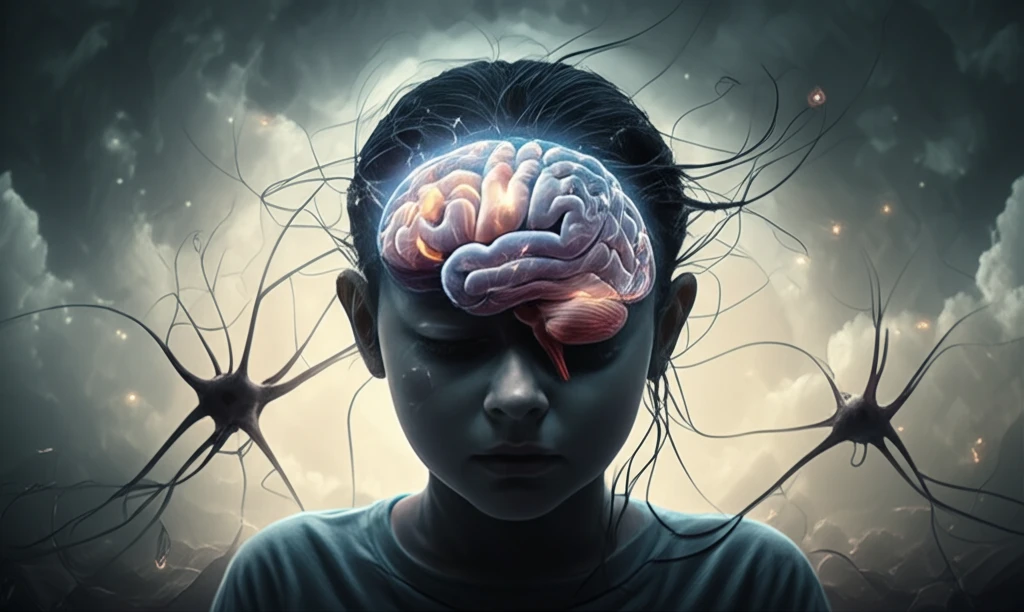
Deep Brain Stimulation in Children: Hope for Complex Conditions
"Exploring the ethical framework and medical advancements of DBS for pediatric neurological disorders."
Deep brain stimulation (DBS) is emerging as a potential treatment for children facing refractory neurodevelopmental conditions. While initially used for dystonia, its application is expanding to include epilepsy, Tourette syndrome, and self-injurious behaviors. The procedure, which involves implanting electrodes in specific brain areas, offers a beacon of hope for families navigating the complexities of these conditions.
However, pediatric DBS presents unique challenges that extend beyond the medical realm. Ethical considerations, the vulnerability of young patients, and the limited evidence base require a careful and thoughtful approach. Unlike adult DBS, which has established protocols and extensive research, DBS in children is often considered a surgical innovation, demanding stringent ethical oversight.
This article explores the ethical framework surrounding DBS in children, examining the key differences between adult and pediatric applications, and proposing guidelines for responsible and compassionate care. We'll delve into the complexities of patient selection, the importance of informed consent, and the need for ongoing research to ensure the safety and effectiveness of this promising therapy.
Navigating the Ethical Landscape: Key Considerations for Pediatric DBS

Pediatric DBS involves a unique set of ethical considerations due to the vulnerability of the patient population. Children may lack the capacity to fully understand the risks and benefits of the procedure, making it crucial for caregivers and medical professionals to act in their best interests. This requires a delicate balance between respecting the child's autonomy and ensuring their well-being.
- Comprehensive Patient Selection: Ensuring the child is an appropriate candidate through rigorous evaluation.
- Evidence-Based Rationale: Providing a justification for DBS that goes beyond standard treatments.
- Demonstration of Disease Burden: Clearly establishing the significant impact of the condition on the child's life.
- Transparent Informed Consent: Ensuring all parties understand the procedure and its potential outcomes.
- Multidisciplinary Review: Involving experts from various fields to assess the case.
- Adequate Oversight: Monitoring all aspects of the research and treatment.
- Routine Scheduled Evaluations: Regularly assessing the ethical implications of the treatment plan.
Looking Ahead: Collaborating for a Brighter Future
As pediatric DBS continues to evolve, it is essential to foster collaboration among medical professionals, ethicists, and families. Sharing knowledge, standardizing protocols, and conducting rigorous research will pave the way for safer and more effective treatments. By prioritizing the well-being of our youngest patients and upholding the highest ethical standards, we can unlock the full potential of DBS and improve the lives of countless children facing neurological challenges.
